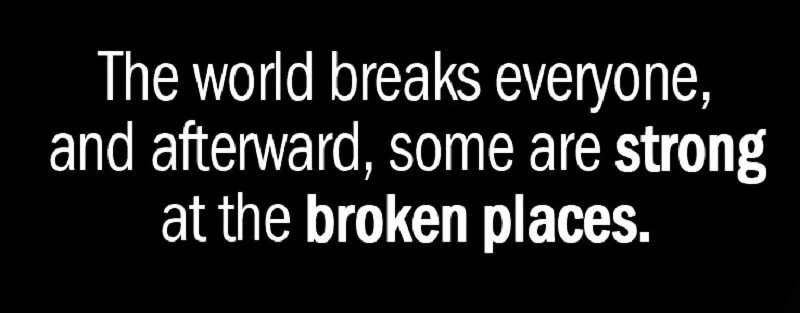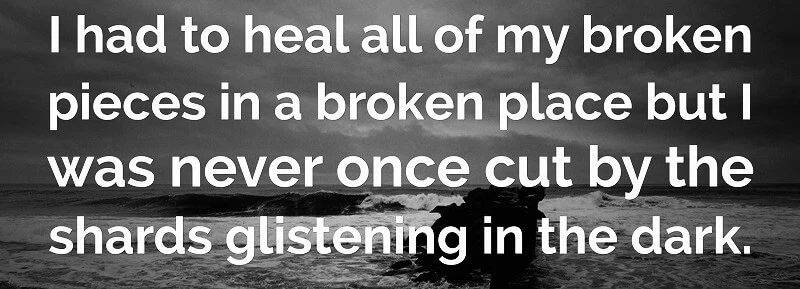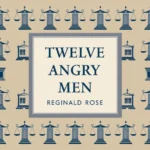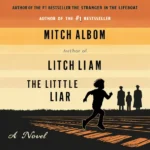Introduction to John Boyne
John Boyne, a renowned Irish author, has captivated readers worldwide with his profound storytelling and compelling narratives. With a diverse repertoire of novels spanning various genres, Boyne is celebrated for his ability to delve into complex human experiences and emotions with sensitivity and depth.
| Name of PDF | All the Broken Places PDF |
|---|---|
| No Pages | 366 |
| Author | John Boyne |
| Originally Published | 15 September 2022 |
| Language | English |
| Genres | Historical Fiction |
| Size | 1.62 MB |
| latest edition |
Table of Contents

Overview of “All the Broken Places PDF”
“All the Broken Places” is a poignant exploration of love, loss, and redemption set against the backdrop of post-war Europe. Boyne’s masterful storytelling takes readers on a journey through the shattered lives of his characters as they grapple with the aftermath of conflict and struggle to rebuild their fractured identities.
Plot Summary
Setting the Scene
The novel opens in the aftermath of World War II, where the scars of war run deep, both physically and emotionally. Against this tumultuous backdrop, we meet our protagonist, Daniel, a young man haunted by his experiences on the battlefield.
Introducing the Protagonist
Daniel, a wounded soldier returning home, finds himself grappling with the trauma of war and struggling to reintegrate into civilian life. As he navigates the complexities of his own psyche, he encounters a cast of characters whose lives intersect with his in unexpected ways.
Unraveling the Mystery
As Daniel embarks on a journey of self-discovery, he is drawn into a web of secrets and lies that threaten to unravel the fragile peace he has fought so hard to attain. Through a series of twists and turns, Boyne keeps readers on the edge of their seats as they unravel the mystery at the heart of the novel.
Themes Explored
Trauma and Healing
Boyne explores the profound impact of trauma on the human psyche and the arduous journey towards healing and redemption. Through Daniel’s struggles, the novel underscores the resilience of the human spirit in the face of adversity.
Family Dynamics
At its core, “All the Broken Places” is a story about the complexities of familial relationships and the bonds that bind us together. Boyne deftly explores the dynamics between parents and children, siblings, and spouses, shedding light on the intricate tapestry of love and loss that defines our lives.

Identity and Belonging
The novel grapples with questions of identity and belonging as Daniel confronts his own sense of self in the wake of war. Through his interactions with others, he begins to unravel the layers of his own identity, ultimately finding solace in the realization that true belonging comes from within.
Writing Style and Techniques
Narration
Boyne’s evocative prose draws readers into the world of “All the Broken Places,” immersing them in the sights, sounds, and smells of post-war Europe. His vivid descriptions and richly drawn characters breathe life into the narrative, transporting readers to another time and place.
Character Development
Central to the novel’s success is Boyne’s masterful characterization, as he brings to life a diverse cast of characters, each grappling with their own inner demons and struggles. From Daniel’s introspective journey to the supporting cast of family and friends, Boyne crafts multi-dimensional characters that resonate with authenticity and depth.
Symbolism and Imagery
Throughout the novel, Boyne employs powerful symbolism and imagery to underscore the themes of love, loss, and redemption. From the broken landscapes of war-torn Europe to the metaphorical scars that linger long after the physical wounds have healed, Boyne’s imagery serves as a poignant reminder of the enduring human spirit.
Reception and Reviews
“All the Broken Places” has garnered widespread acclaim from critics and readers alike, with many praising Boyne’s deft handling of complex themes and his ability to evoke a strong emotional response. The novel’s compelling narrative and richly drawn characters have resonated with audiences worldwide, cementing Boyne’s reputation as a master storyteller.
Impact and Cultural Significance
Beyond its literary merits, “All the Broken Places” holds cultural significance as a powerful exploration of the human condition in the aftermath of war. By shining a light on the enduring legacy of conflict and the universal quest for healing and redemption, Boyne’s novel offers valuable insights into the complexities of the human experience.

Conclusion: All the Broken Places PDF
In “All the Broken Places,” John Boyne delivers a poignant and profoundly moving exploration of love, loss, and redemption. Through his masterful storytelling and richly drawn characters, Boyne invites readers on a journey of self-discovery and healing that resonates long after the final page is turned.
FAQs about All the Broken Places PDF
What inspired John Boyne to write “All the Broken Places”?
John Boyne was inspired to write “All the Broken Places” by his fascination with exploring the impact of war on individuals’ lives.
How does the novel address the theme of trauma?
The novel addresses the theme of trauma by delving into the psychological and emotional scars left by war on the protagonist and other characters.
Are there any historical references in the book?
“All the Broken Places” incorporates historical references to World War II, providing a rich backdrop for the narrative’s exploration of post-war Europe.
What sets “All the Broken Places” apart from Boyne’s other works?
What sets “All the Broken Places” apart from Boyne’s other works is its deeply introspective exploration of trauma and healing against the backdrop of war.
How has the novel been received by readers and critics alike?
The novel has been widely acclaimed by both readers and critics for its compelling narrative, rich character development, and poignant exploration of universal themes of love, loss, and redemption.




